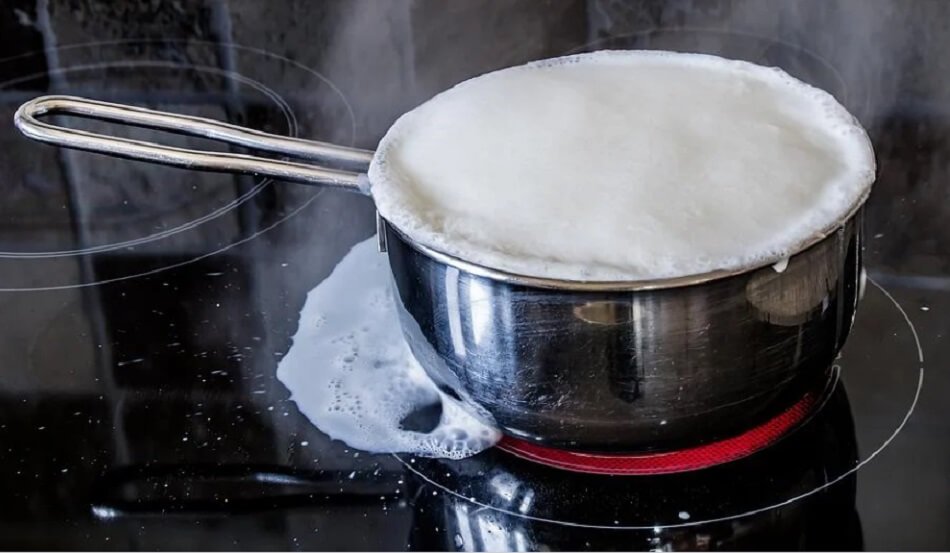Increased milk price by ₹ 2 per liter limits the organized dairy sector’s profit decline.
According to Ratings, the recent increase in retail milk price by ₹ 2 per liter will limit the organized dairy sector’s profit decline to 50 basis points (bps) on-year this fiscal, despite higher-than-expected increases in procurement prices, transport, and packaging expenses.
Despite lower profitability, players’ credit profiles will remain stable due to strong balance sheets and better working capital management. According to a CRISIL Rating review of 40 rated dairies that account for 60% of organized segment income.
Also Read | GCMMF, marketer of Amul milk, hikes its fresh milk price by ₹2 per liter
‘Milk procurement prices have gone up 8-10% in the last six months due to lower-than-expected milk collection — due to cow diseases in several of the main milk-producing states — and high cattle feed prices,’ said Anand Kulkarni, Director, CRISIL Ratings. Furthermore, the rise in petroleum prices has resulted in large increases in transportation and packaging expenses. This needed a second price increase in the previous six months. We do not foresee any further price increases because improved milk collection and lower input prices would help profitability in the second part of the fiscal year.’
Last year’s supply was hampered by disruptions in artificial insemination, cow breeding, and immunization schedules. These problems are likely to be resolved this year, resulting in increased milk output during the flush season (which refers to the peak period of raw milk supply, which is generally from December to mid-March every year).
The demand drivers remain high. While demand for liquid milk remains strong, demand for value-added products (VAP; accounting for 28% of organized sector revenue1) such as ghee, butter, cheese, curd, and ice cream has been increasing steadily.
Because the VAP category is very price-inelastic, profitability is often higher, ranging from 7-9%. In addition, in a post-pandemic world, the HoReCa (hotel, restaurant, and café) segment has made a remarkable recovery, which will support revenue development in the dairy industry.
Volume growth, along with an increase in average realizations of 6-6.5% this fiscal year as a result of retail milk price increases, will result in 13-14% higher revenue for organized dairy companies.
The working capital situation could also improve as strong domestic demand for VAP and liquid milk limits skimmed milk powder (SMP) exports and prunes inventory, given that SMP inventory contributes to 70-75% of dairies’ working capital requirements.
Also Read | Livestock sector believes this budget will boost shrimp & milk output
‘Despite the drop in profitability to 4.7% this fiscal, interest coverage2 of players would remain adequate at 7.3-7.4 times, compared to 7.7 times previous fiscal,’ said Saina S Kathawala, Associate Director, CRISIL Ratings. Leverage should remain reasonable, with a total outside liabilities to tangible net worth ratio of 2.5-2.6 times forecast, down from 2.7 times the previous fiscal year.’
Overall, improvements in supply-side variables are an important monitorable, and a robust rise in milk collection remains critical for retail milk price stability.


















Add Comment